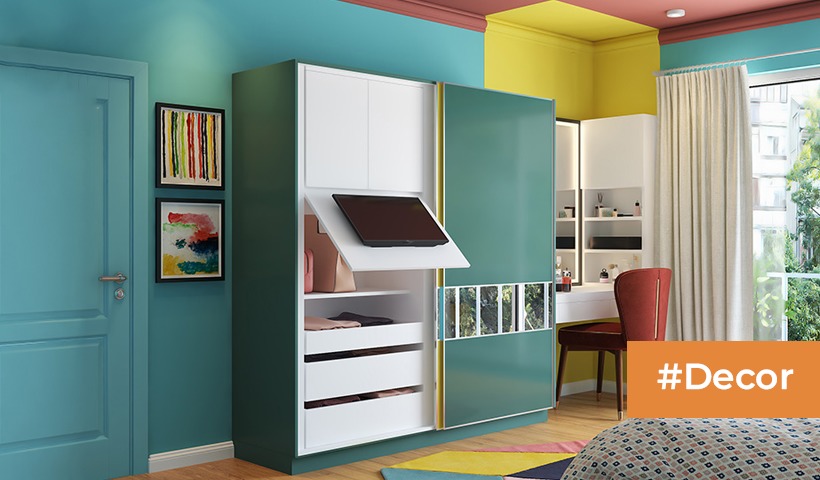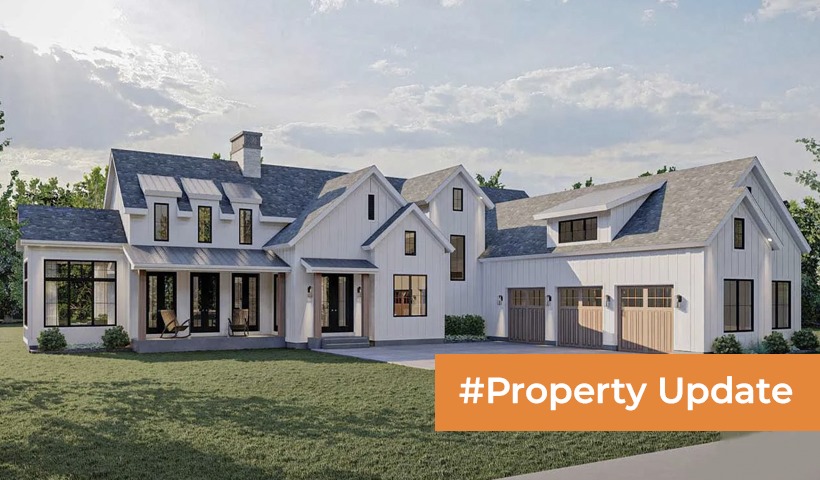Optimizing Bathroom Space: Understanding Minimum Area Requirements and Design Strategies
Bathrooms are essential spaces in any home, serving both practical and aesthetic purposes. Whether you’re designing a new home, renovating an existing one, or simply curious about the standards, understanding the minimum area required for bathrooms is crucial. Let’s delve into the specifics to ensure your bathroom meets both your needs and regulatory requirements.
Understanding Bathroom Space Requirements
When determining the minimum area required for a bathroom, several factors come into play. First and foremost, it’s essential to clarify the purpose of the bathroom and consider local building codes and regulations.
Determining the Purpose
The intended use of the bathroom influences its size requirements. A half bathroom, typically containing only a toilet and sink, will necessitate less space than a full bathroom, which includes a toilet, sink, and bathing area.
Considering Building Codes
Building codes vary by location and dictate minimum space requirements for safety and functionality. Familiarizing yourself with these regulations is essential to ensure compliance during construction or renovation.
Minimum Area for a Half Bathroom
A half bathroom, also known as a powder room or guest bathroom, is a space without a bathing area. Despite its smaller footprint, it still requires adequate space for comfortable use.
Minimum Area for a Full Bathroom
In contrast, a full bathroom encompasses all necessary fixtures for personal hygiene. Standard measurements provide a baseline for designing functional and aesthetically pleasing spaces.
Standard Measurements
Typically, a full bathroom requires a minimum of 36 to 40 square feet. This allocation includes space for a bathtub or shower, toilet, sink, and maneuvering room.
Space Optimization Techniques
To maximize efficiency in a full bathroom, consider space-saving design strategies such as installing a compact bathtub or opting for a corner sink.
Factors Influencing Bathroom Area
Several factors influence the required area for a bathroom, including layout, design preferences, and accessibility needs.
Layout and Design
The layout of the bathroom, including the arrangement of fixtures and the presence of architectural features, can impact space requirements.
Accessibility Needs
For individuals with mobility challenges, additional space may be necessary to accommodate wheelchair access or specialized equipment.
Maximizing Space in Small Bathrooms
In homes with limited square footage, maximizing space in the bathroom becomes paramount.
Utilizing Vertical Space
Vertical storage solutions, such as wall-mounted cabinets and shelves, free up floor space while providing ample storage for toiletries and linens.
Choosing Compact Fixtures
Opting for compact fixtures, such as a pedestal sink or corner shower, can make a small bathroom feel more spacious without sacrificing functionality.
Luxury Bathroom Space Requirements
Luxury bathrooms often feature spa-like amenities and generous proportions, requiring more space than standard configurations.
Spa-like Features
Whirlpool tubs, oversized showers, and dual vanity sinks are common elements in luxury bathrooms that necessitate additional square footage.
His and Hers Areas
In master bathrooms, separate “his and hers” areas with dedicated sinks, vanities, and storage enhance convenience and luxury.
Bathroom Area in Different Housing Types
Bathroom space requirements vary depending on the type of housing, from single-family homes to apartments and condominiums.
Single-Family Homes
In single-family homes, bathrooms are typically larger and may include en-suite options in primary bedrooms.
Apartments and Condos
In multi-unit dwellings, space constraints often result in smaller, more compact bathrooms designed for efficiency.
Importance of Adequate Bathroom Space
Adequate bathroom space is essential for functionality, comfort, and resale value. Neglecting to allocate sufficient square footage can lead to cramped and impractical spaces.
Renovation Considerations
When renovating a bathroom, consider both expanding existing spaces and adding additional bathrooms to meet the needs of your household.
Expanding Existing Bathrooms
If space allows, expanding an existing bathroom can provide the opportunity to incorporate desired features and improve overall usability.
Adding Additional Bathrooms
In homes with multiple occupants or limited bathroom availability, adding extra bathrooms can enhance convenience and property value.
Budgeting for Bathroom Space
Budget considerations are crucial when planning bathroom renovations or new construction. Understanding the costs associated with materials, labor, and permits ensures a realistic project scope.
Common Mistakes to Avoid
Avoid common pitfalls when designing or renovating bathrooms to achieve optimal results and avoid costly setbacks.
Underestimating Space Needs
Failing to account for adequate space for fixtures and circulation can result in cramped and inefficient bathrooms.
Ignoring Plumbing Requirements
Neglecting to consider plumbing considerations, such as drainage and venting, can lead to costly and disruptive issues down the line.
Conclusion
In conclusion, determining the minimum area required for bathrooms involves careful consideration of the intended use, building codes, and individual preferences. By prioritizing functionality, optimizing space, and adhering to regulatory standards, you can create bathrooms that are both practical and inviting.
FAQs
- What is the minimum area required for a half bathroom?
- A half bathroom typically requires a minimum of 15 to 20 square feet for comfortable use.
- How can I maximize space in a small bathroom?
- Vertical storage solutions, compact fixtures, and strategic layout designs can help maximize space in small bathrooms.
- Are there standard measurements for a full bathroom?
- Yes, a full bathroom typically requires a minimum of 36 to 40 square feet to accommodate all necessary fixtures and provide adequate maneuvering room.
- What factors influence the required area for a bathroom?
- Layout, design preferences, accessibility needs, and local building codes are among the factors that influence bathroom space requirements.
Disclaimer: The views expressed above are for informational purposes only based on industry reports and related news stories. PropertyPistol does not guarantee the accuracy, completeness, or reliability of the information and shall not be held responsible for any action taken based on the published information.




